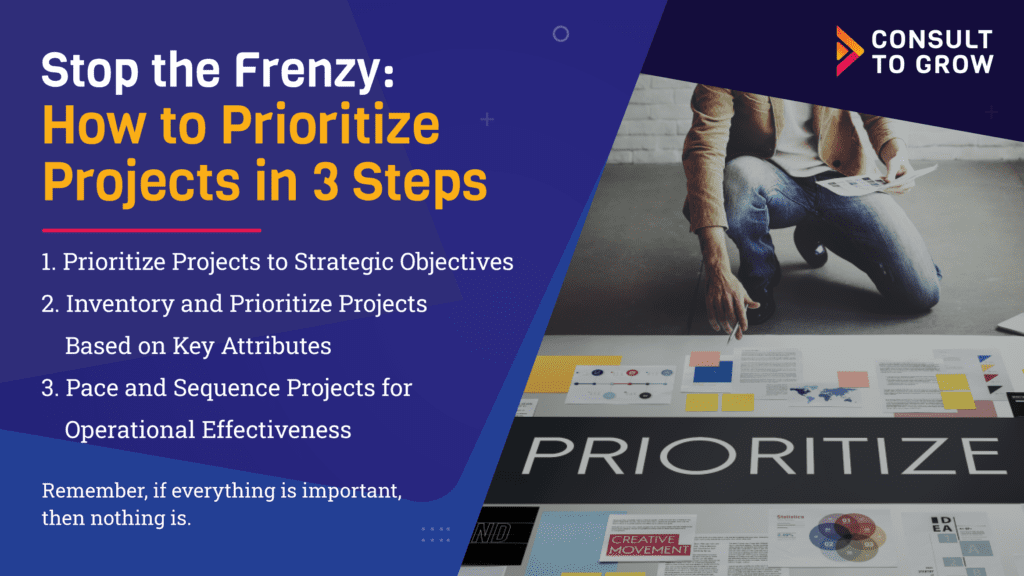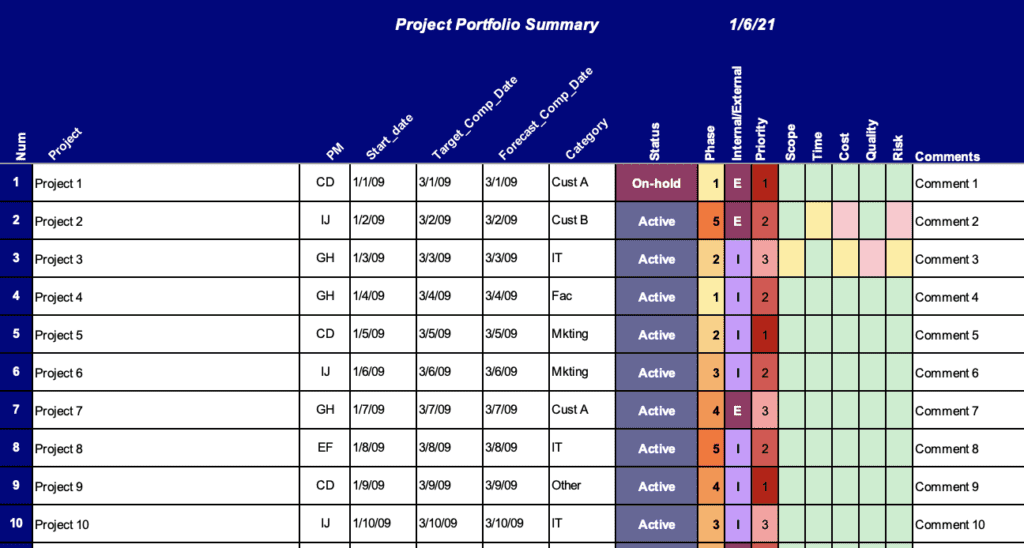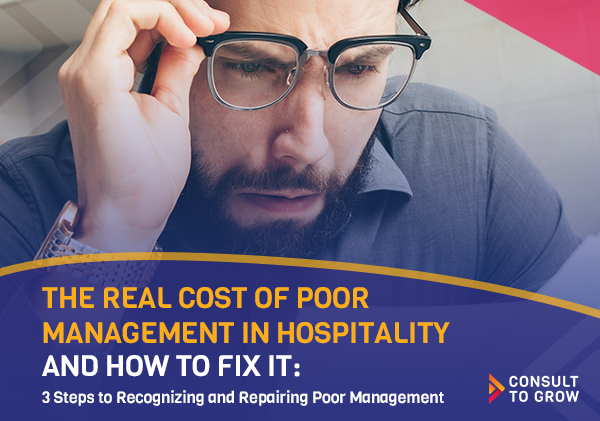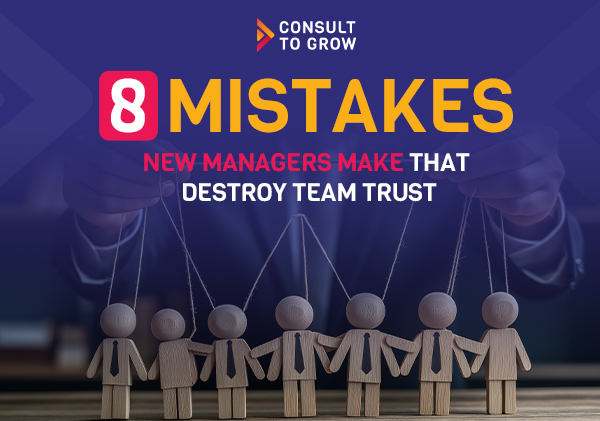
Becoming an Emotionally Intelligent Leader in Hospitality
Growing Your Emotional Intelligence as a Leader Means Enhancing Mental Health for You and Your Team Running a business isn’t only about operations—it’s about managing

Is your team working hard in many different directions without much traction? If so, it might be time to pause, inventory initiatives, and prioritize projects. When everything is a priority, nothing is a priority. We learned this lesson the hard way growing Raising Cane’s Chicken Fingers.
Many years ago, when I worked at Cane’s, we had the brilliant idea to bonus the Restaurant Support Office staff on projects. As the year kicked off, each office team member picked five projects and worked on them tirelessly. The plan was both a spectacular success (we churned out so much work) AND a spectacular failure (near chaos ensued).
That experience taught us to: (1) set clear strategic objectives, (2) prioritize projects and (3) pace and sequence for restaurant operator execution. Now, let’s go through those one-by-one.

Every business owner or CEO should know what’s critical to the business over the next 12 to 36 months. The first job of the owners/executives is to articulate the strategic objectives with crystal clear clarity, write them down and share them with the business team(s).
Then, use the written strategic objectives to set goals/priorities, prioritize projects, clear doubts for operators when faced with decisions, and build a mindset to execute.
Antonio Nieto-Rodriquez articulates this well in his article, How to Prioritize Your Company’s Projects in Harvard Business Review. Here’s an excerpt of what Mr. Nieto-Rodriquez calls the “Hierarchy of Purpose”:
Next, make sure you collect and review (as a team) all key attributes of each proposed project:
Once available, it then helps to compile & prioritize your projects with attributes in a spreadsheet similar to the one below to facilitate a robust team discussion.

If you would like editable copies of these tools, don’t hesitate to contact us.
Finally, you are ready to prioritize, pace and sequence each project. It helps to do this collaboratively as a team, too.
As you pace and sequence projects, avoid two common traps: (a) too many top projects and (b) lack of operational alignment. Your business can only focus on so many projects & initiatives. First, if something isn’t a top project, it doesn’t mean work has to stop; just that it’s not a priority. Second, operators already have a full plate and need to be able to consume new business processes that come with new initiatives. It’s far better to roll something out effectively once than to have to do that work 2 or even 3 times.
Never forget, if everything you want to do in your business is a priority, it’s no different than not having any priorities at all. Everything can be important, but it can’t all be the most important. Take a timeout with your team to follow the steps above. And, if you need any help, we’re always here for you.
Consult to Grow® provides various tools and services to help you improve your operational performance as you scale and grow your business. We can expertly assess your scalability, develop tactical plans, facilitate planning, and more. Ready to get started?

Growing Your Emotional Intelligence as a Leader Means Enhancing Mental Health for You and Your Team Running a business isn’t only about operations—it’s about managing

3 Steps to Recognizing and Repairing Poor Management Hospitality isn’t just about serving food, making drinks, or booking rooms—it’s about people. And when management fails

Taking on a role as a new manager is an exciting step. It brings new challenges that allow you to stretch and grow. As a